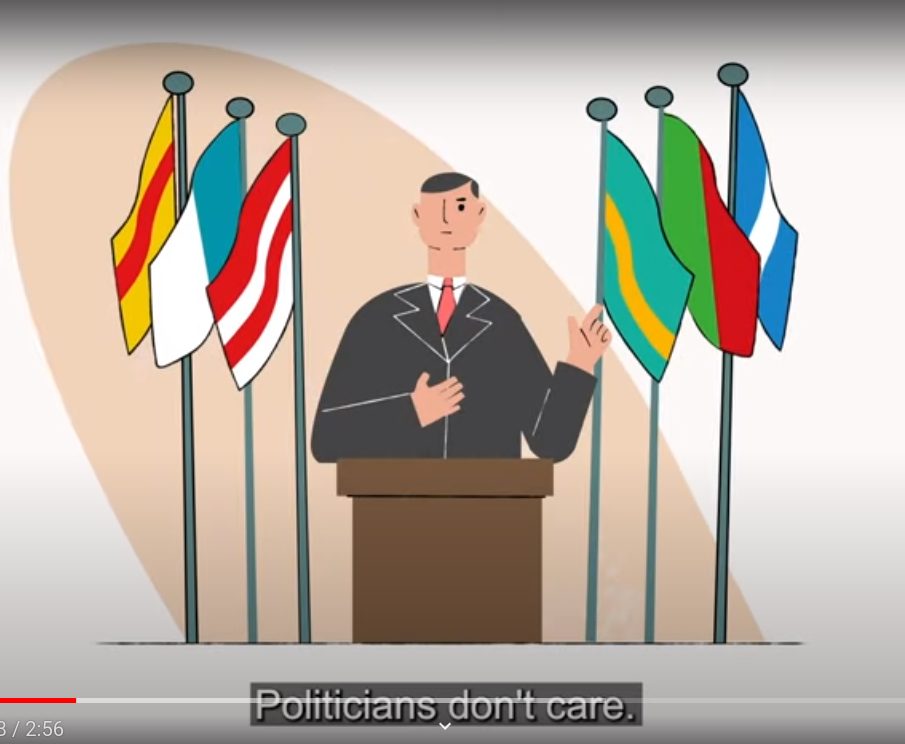We in DGR stand in solidarity with Survival International and support them because we believe that their analysis is correct and the organization is doing incredibly important work in standing up for indigenous peoples worldwide. While we encourage everyone to support Survival International and their very well-made campaigns, as an organization DGR pushes for more radical approaches than writing or signing letters and petitions, begging those in power to act in a different way. Those in power have never been on the side of the masses, the poor, the indigenous or the natural world. Asking nicely will not stop them continuing their atrocities.
At the next Convention on Biological Diversity summit, world leaders plan to agree turning 30% of the Earth into “Protected Areas” by 2030.
Big conservation NGOs say this will mitigate climate change, reduce wildlife loss, enhance biodiversity and so save our environment. They are wrong.
Protected Areas will not save our planet. On the contrary, they will increase human suffering and so accelerate the destruction of the spaces they claim to protect because local opposition to them will grow. They have no effect on climate change at all, and have been shown to be generally poor at preventing wildlife loss.
It is vital that real solutions are put forward to address these urgent problems and that the real cause – exploitation of natural resources for profit and growing overconsumption, driven by the Global North – is properly acknowledged and discussed. But this is unlikely to happen because there are too many vested interests that depend on existing consumption patterns continuing.
Who will suffer if 30% of Earth is “protected”? It won’t be those who have overwhelmingly caused the climate crisis, but rather indigenous and other local people in the Global South who play little or no part in the environment’s destruction. Kicking them off their land to create Protected Areas won’t help the climate: Indigenous peoples are the best guardians of the natural world and an essential part of human diversity that is a key to protecting biodiversity.
We must stop the push for 30%.

These Khadia men were thrown off their land after it was turned into a protected area. They lived for months under plastic sheets. Millions more face this fate if the 30% plan goes ahead. © Survival
The truth about Protected areas
In many parts of the world a Protected Area is where the local people who called the land home for generations are no longer allowed to live or use the natural environment to feed their families, gather medicinal plants or visit their sacred sites. This follows the model of the United States’ nineteenth century creation of the world’s first national parks on lands stolen from Native Americans. Many US national parks forced the peoples who had created the wildlife-rich “wilderness” landscapes into landlessness and poverty.
This is still happening to indigenous peoples and other communities in Africa and parts of Asia. Local people are pushed out by force, coercion or bribery. They are beaten, tortured and abused by park rangers when they try to hunt to feed their families or just to access their ancestral lands. The best guardians of the land, once self-sufficient and with the lowest carbon footprint of any of us, are reduced to landless impoverishment and often end up adding to urban overcrowding. Usually these projects are funded and run by big Western conservation NGOs. Once the locals are gone, tourists, extractive industries and others are welcomed in. For these reasons, local opposition to Protected Areas is growing.
“If the jungle is taken away from us, how will we survive?”

